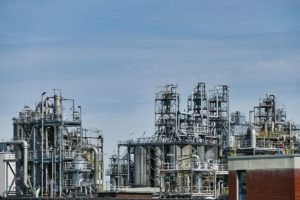Coronavirus effects continue to be felt far and wide, months after the pandemic sent the world into a tailspin. In the aftermath of the epidemic, lockdowns became the order of the day leading to the shutdown of businesses and operations worldwide. Just like in other parts of the world, bars and restaurants in Australia were the most hit as movement restrictions became the order.
Stale Beer
The brewing industry was one of the hardest hit as people were prohibited from going to bars and restaurants to avert the spread of the virus. While the shutdown did help prevent the masses from contracting the virus, it did come with its fair share of repercussions.
With bars and restaurants shut, Australian factories were left with millions of liters of beer was of which became stale. Lion Beer Australia, one of the country’s largest breweries, was left with more than 4.5 million of unwanted beer due to reduced consumption around the country. In most cases, most of it would have been poured down the drain. However, that was not the case.
Stale Beer For Electricity
A water treatment plant has since found a way to put stale beer into good use instead of letting it go to waste. The Glenelg Wastewater Treatment Plant has come up with an innovative way of converting stale beer into electricity, conversely using it to cater to more than 80% of its power needs.
The plant is mixing millions of liters of unused stale beer with sewage sludge to produce biogas. The biogas is, in return, converted into electricity used to power operations within the facility. The influx of stale beer into the water plant has increased the electricity generation capability of the plant, reaching highs of 654-megawatt hours.
The high calorific value of beer means its works well for the plant’s digesters, conversely producing more power. At one point, the plant did generate a sufficient amount of power to power more than 1200 households.










